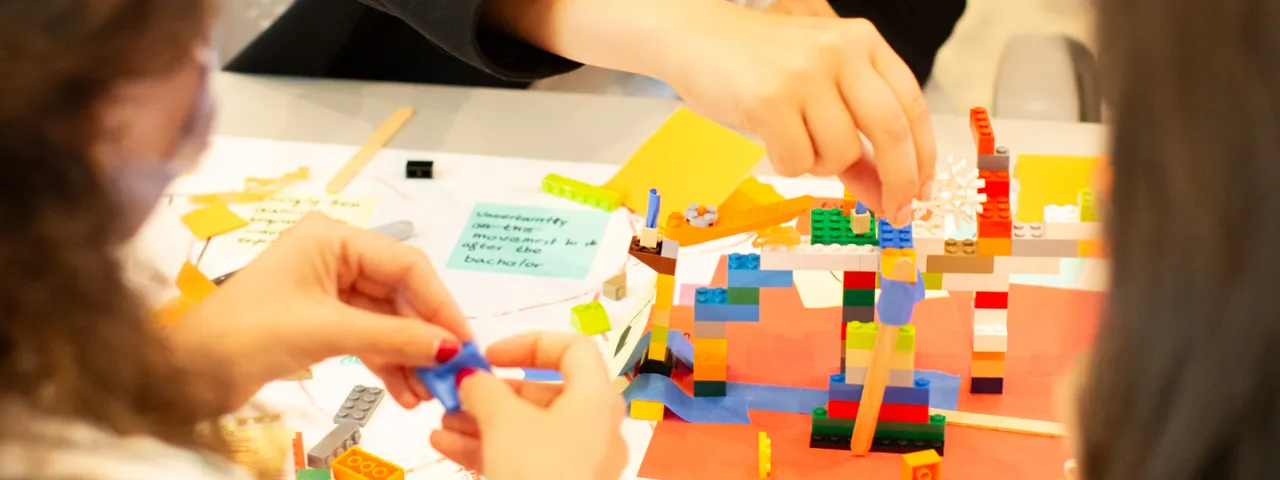Collaborative Leadership Resources
At the Wurtele Center for Leadership, we are in a constant state of learning and exploration around the nuances and strategies of collaborative leadership. Below are some resources that we have either created or collected to assist Smith College community members in their collaborative leadership and learning endeavors.
Tools & Resources for Collaboration
“Collaboration” is a term that is used to describe a wide range of team arrangements, which can lead to confusion when one team member means one thing by the term and another means something entirely different. We created a “Forms of Collaboration” graphic to delineate different forms of collaboration along a spectrum of autonomy and integration. The graphic is accompanied by a set of discussion questions, which can be used with groups of students, teams of staff members, academic departments or anyone else working toward a collaborative effort.
